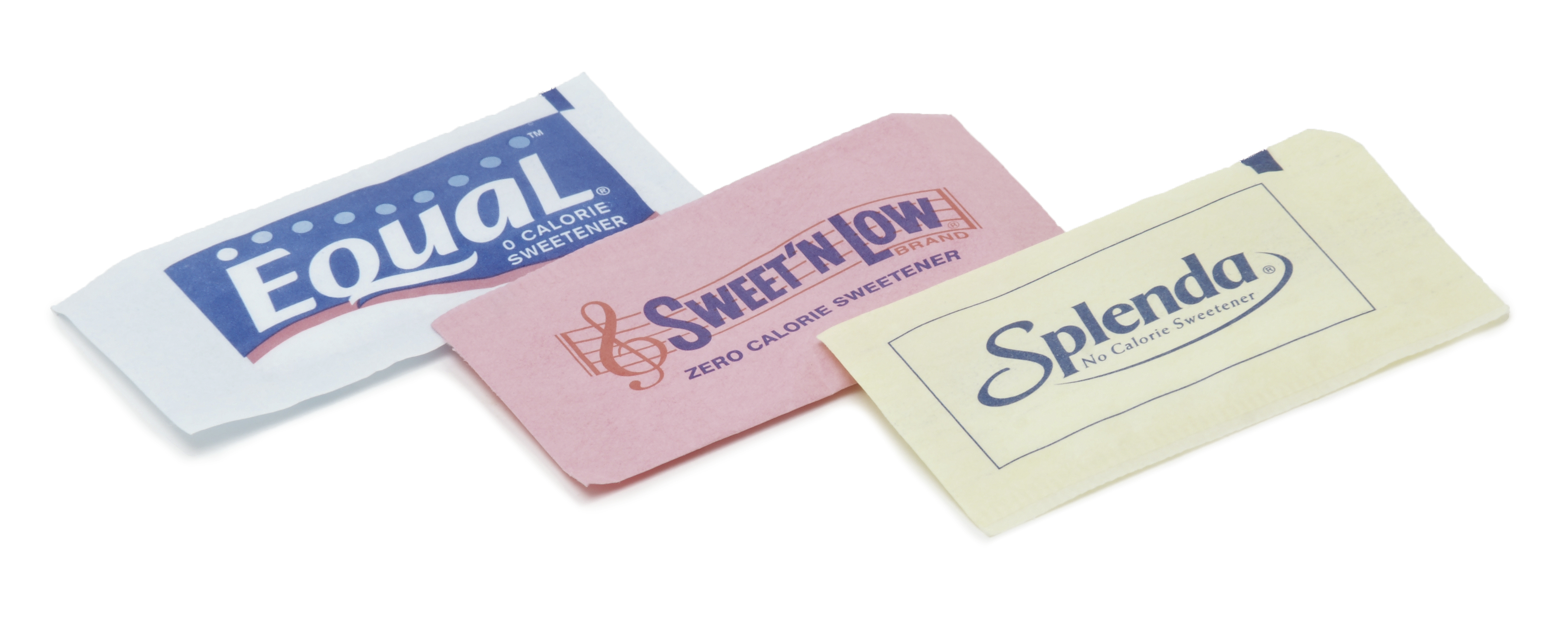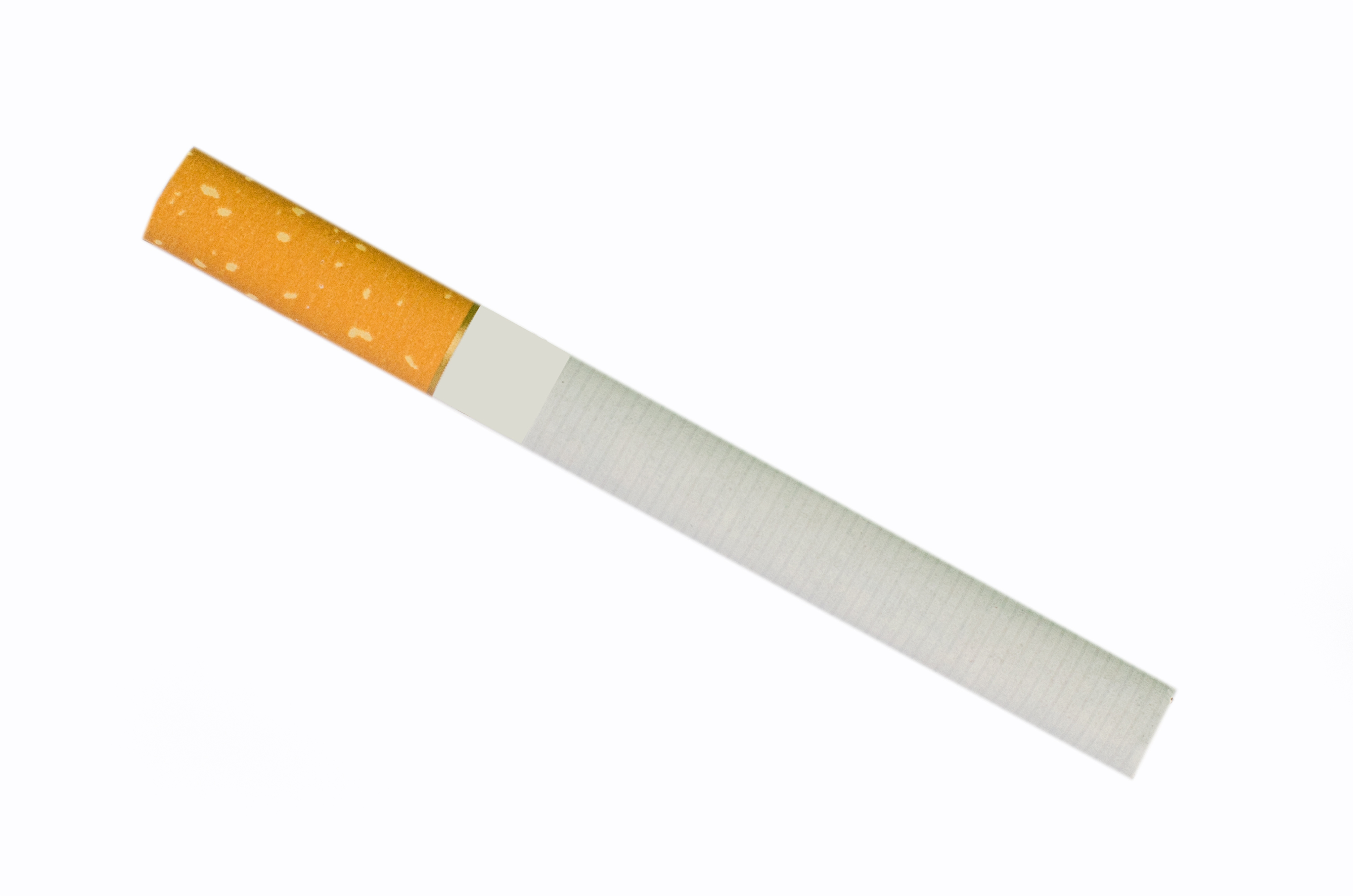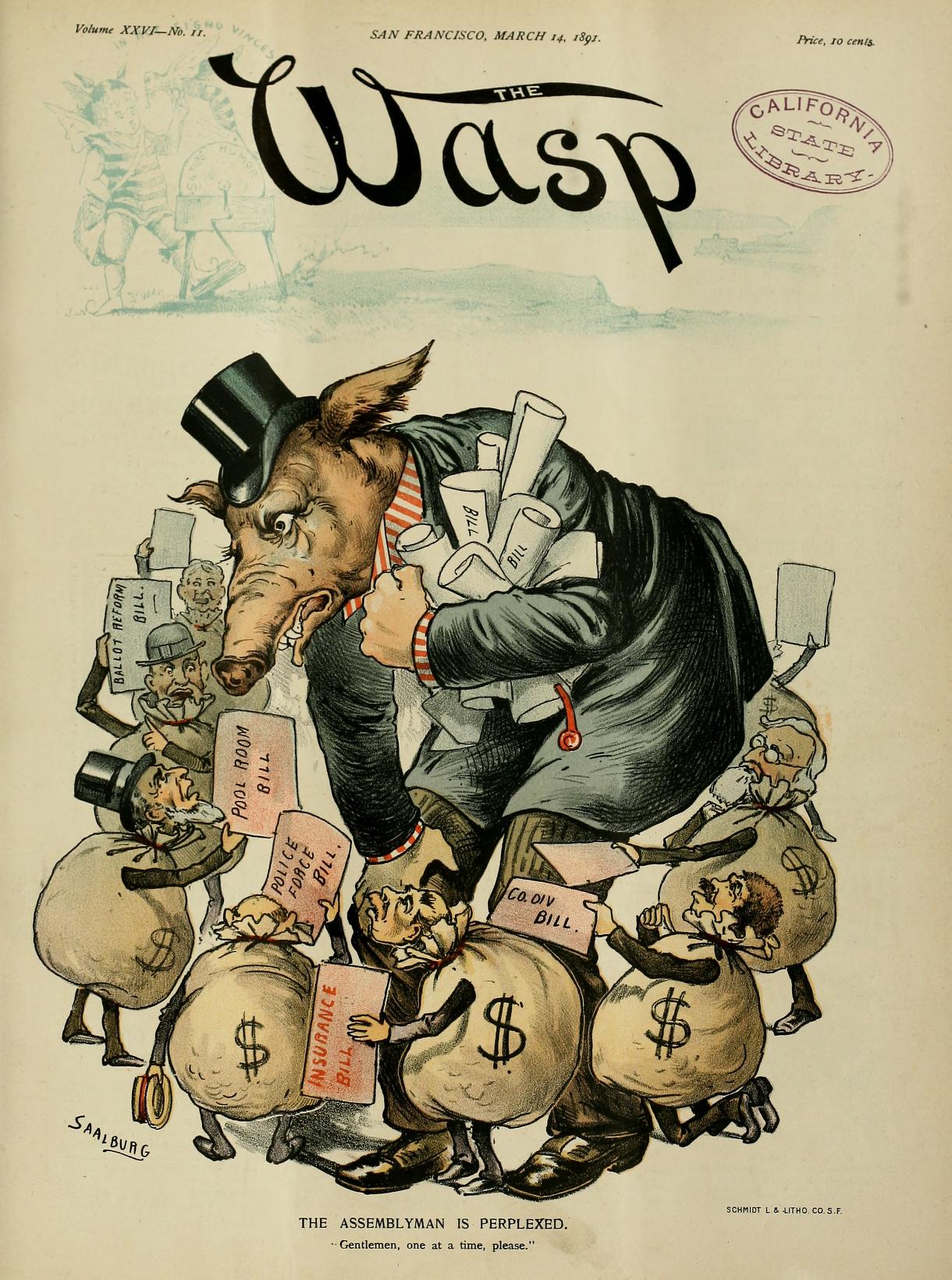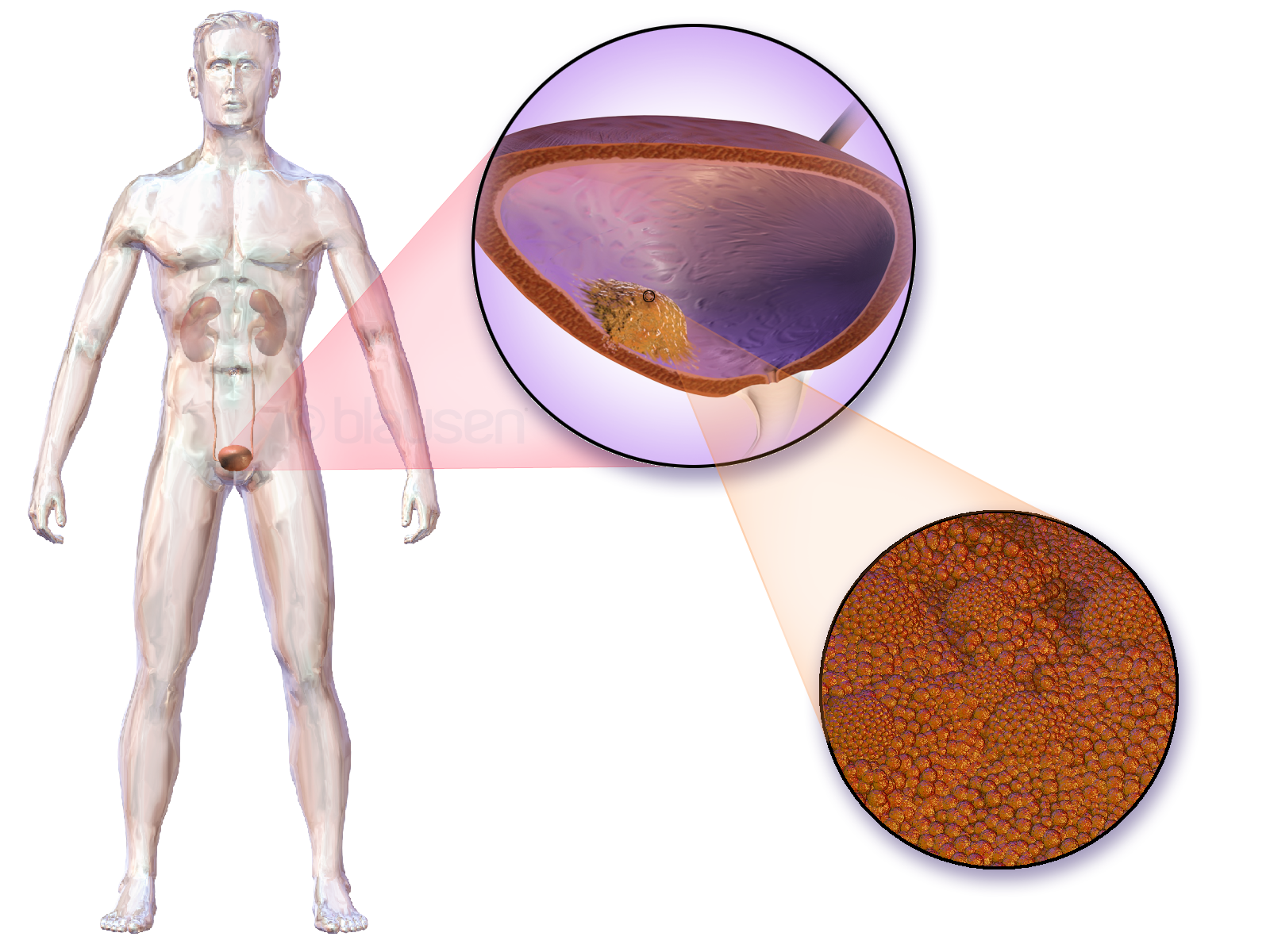|
Sodium Cyclamate
Cyclamate is an artificial sweetener. It is 30–50 times sweeter than sucrose (table sugar), making it the least potent of the commercially used artificial sweeteners. It is often used with other artificial sweeteners, especially saccharin; the mixture of 10 parts cyclamate to 1 part saccharin is common and masks the off-tastes of both sweeteners. It is less expensive than most sweeteners, including sucralose, and is stable under heating. Safety concerns led to it being banned in a few countries, though the European Union considers it safe. Chemistry Cyclamate is the sodium or calcium salt of cyclamic acid (cyclohexanesulfamic acid), which itself is prepared by reacting freebase cyclohexylamine with either sulfamic acid or sulfur trioxide. Prior to 1973, Abbott Laboratories produced sodium cyclamate (Sucaryl) by a mixture of ingredients including the addition of pure sodium (flakes or rods suspended in solvent) with cyclohexylamine, chilled and filtered through a high speed ... [...More Info...] [...Related Items...] OR: [Wikipedia] [Google] [Baidu] |
Artificial Sweetener
A sugar substitute or artificial sweetener, is a food additive that provides a sweetness like that of sugar while containing significantly less food energy than sugar-based sweeteners, making it a zero-calorie () or low-calorie sweetener. Artificial sweeteners may be derived through manufacturing of plant extracts or processed by chemical synthesis. Sugar substitute products are commercially available in various forms, such as small pills, powders and packets. Common sugar substitutes include aspartame, monk fruit extract, saccharin, sucralose, stevia, acesulfame potassium (ace-K) and cyclamate. These sweeteners are a fundamental ingredient in diet drinks to sweeten them without adding calories. Additionally, sugar alcohols such as erythritol, xylitol and sorbitol are derived from sugars. No links have been found between approved artificial sweeteners and cancer in humans. Reviews and dietetic professionals have concluded that moderate use of non-nutritive sweeteners ... [...More Info...] [...Related Items...] OR: [Wikipedia] [Google] [Baidu] |
Cigarette
A cigarette is a narrow cylinder containing a combustible material, typically tobacco, that is rolled into Rolling paper, thin paper for smoking. The cigarette is ignited at one end, causing it to smolder; the resulting smoke is orally inhaled via the opposite end. Cigarette smoking is the most common method of tobacco consumption. The term ''cigarette'', as commonly used, refers to a tobacco cigarette, but the word is sometimes used to refer to other substances, such as a joint (cannabis), cannabis cigarette or a herbal cigarette. A cigarette is distinguished from a cigar by its usually smaller size, use of processed leaf, different smoking method, and paper wrapping, which is typically white. There are significant negative health effects from smoking cigarettes such as cancer, chronic obstructive pulmonary disease (COPD), cardiovascular disease, heart disease, birth defects, and other Health effects of tobacco, health problems relating to nearly every organ of the body. Most ... [...More Info...] [...Related Items...] OR: [Wikipedia] [Google] [Baidu] |
Lobbying
Lobbying is a form of advocacy, which lawfully attempts to directly influence legislators or government officials, such as regulatory agency, regulatory agencies or judiciary. Lobbying involves direct, face-to-face contact and is carried out by various entities, including individuals acting as Voting, voters, constituents, or private citizens, corporations pursuing their business interests, nonprofits and Non-governmental organization, NGOs through advocacy groups to achieve their missions, and legislators or government officials influencing each other in legislative affairs. Lobbying or certain practices that share commonalities with lobbying are sometimes referred to as government relations, or government affairs and sometimes legislative relations, or legislative affairs. It is also an Industry (economics), industry known by many of the aforementioned names, and has a near-complete overlap with the public affairs industry. Lobbyists may fall into different categories: amateur lo ... [...More Info...] [...Related Items...] OR: [Wikipedia] [Google] [Baidu] |
Calorie Control Council
The calorie is a unit of energy that originated from the caloric theory of heat. The large calorie, food calorie, dietary calorie, kilocalorie, or kilogram calorie is defined as the amount of heat needed to raise the temperature of one liter of water by one degree Celsius (or one kelvin). The small calorie or gram calorie is defined as the amount of heat needed to cause the same increase in one milliliter of water. Thus, 1 large calorie is equal to 1,000 small calories. In nutrition and food science, the term ''calorie'' and the symbol ''cal'' may refer to the large unit or to the small unit in different regions of the world. It is generally used in publications and package labels to express the energy value of foods in per serving or per weight, recommended dietary caloric intake, metabolic rates, etc. Some authors recommend the spelling ''Calorie'' and the symbol ''Cal'' (both with a capital C) if the large calorie is meant, to avoid confusion; however, this convention is oft ... [...More Info...] [...Related Items...] OR: [Wikipedia] [Google] [Baidu] |
Jere Goyan
Jere E. Goyan (August 3, 1930 – January 17, 2007) was an American pharmacist who served as Commissioner of Food and Drugs from 1979 to 1981. He died on January 17, 2007, in Houston, Texas Texas ( , ; or ) is the most populous U.S. state, state in the South Central United States, South Central region of the United States. It borders Louisiana to the east, Arkansas to the northeast, Oklahoma to the north, New Mexico to the we ... at age 76. References 1930 births 2007 deaths 20th-century American pharmacists Commissioners of the Food and Drug Administration Carter administration personnel Members of the National Academy of Medicine {{US-gov-bio-stub ... [...More Info...] [...Related Items...] OR: [Wikipedia] [Google] [Baidu] |
Herbert L
Herbert may refer to: People * Herbert (musician), a pseudonym of Matthew Herbert * Herbert (given name) * Herbert (surname) Places Antarctica * Herbert Mountains, Coats Land * Herbert Sound, Graham Land Australia * Herbert, Northern Territory, a rural locality * Herbert, South Australia. former government town * Division of Herbert, an electoral district in Queensland * Herbert River, a river in Queensland * County of Herbert, a cadastral unit in South Australia Canada * Herbert, Saskatchewan, Canada, a town * Herbert Road, St. Albert, Canada New Zealand * Herbert, New Zealand, a town * Mount Herbert (New Zealand) United States * Herbert, Illinois, an unincorporated community * Herbert, Michigan, a former settlement * Herbert Creek, a stream in South Dakota * Herbert Island, Alaska Arts, entertainment, and media Fictional entities * Herbert (Disney character) * Herbert Pocket, a character in the Charles Dickens novel ''Great Expectations'' * Herbert West, tit ... [...More Info...] [...Related Items...] OR: [Wikipedia] [Google] [Baidu] |
Robert Finch (American Politician)
Robert Hutchinson Finch (October 9, 1925 – October 10, 1995) was a Republican politician from La Canada Flintridge, California. From 1967 to 1969, he served as the 38th lieutenant governor of California. Following Richard Nixon's presidential campaign in 1968, he was appointed Secretary of Health, Education, and Welfare in 1969. He was the Counselor to the President from 1970 until 1972. During the 1976 California United States Senate election, he lost in the Republican primary to S.I. Hayakawa. Early life and education Finch was born in Tempe, Arizona. He was the son of Robert L. Finch, a member of the Arizona House of Representatives, and his wife, Gladys Hutchinson. Finch was enlisted in the Marine Corps during World War II. He married the former Carol Crothers on February 14, 1946; they had three daughters and one son: Maureen F. Shaw, Kevin Finch, Priscilla Finch and Cathleen F. Morser. After serving in the Marines briefly during World War II, Finch entered Occide ... [...More Info...] [...Related Items...] OR: [Wikipedia] [Google] [Baidu] |
United States Department Of Health And Human Services
The United States Department of Health and Human Services (HHS) is a cabinet-level executive branch department of the US federal government created to protect the health of the US people and providing essential human services. Its motto is "Improving the health, safety, and well-being of America". Before the separate federal Department of Education was created in 1979, it was called the Department of Health, Education, and Welfare (HEW). HHS is administered by the secretary of health and human services, who is appointed by the president with the advice and consent of the United States Senate. The United States Public Health Service Commissioned Corps, the uniformed service of the PHS, is led by the surgeon general who is responsible for addressing matters concerning public health as authorized by the secretary or by the assistant secretary for health in addition to his or her primary mission of administering the Commissioned Corps. History Federal Security Agency ... [...More Info...] [...Related Items...] OR: [Wikipedia] [Google] [Baidu] |
Bladder Cancer
Bladder cancer is the abnormal growth of cells in the bladder. These cells can grow to form a tumor, which eventually spreads, damaging the bladder and other organs. Most people with bladder cancer are diagnosed after noticing blood in their urine. Those suspected of having bladder cancer typically have their bladder inspected by a thin medical camera, a procedure called cystoscopy. Suspected tumors are removed and examined to determine if they are cancerous. Based on how far the tumor has spread, the cancer case is assigned a stage 0 to 4; a higher stage indicates a more widespread and dangerous disease. Those whose bladder tumors have not spread outside the bladder have the best prognoses. These tumors are typically surgically removed, and the person is treated with chemotherapy or one of several immune-stimulating therapies. Those whose tumors continue to grow, or whose tumors have penetrated the bladder muscle, often have their bladder surgically removed ( radical cy ... [...More Info...] [...Related Items...] OR: [Wikipedia] [Google] [Baidu] |
Food And Drug Administration
The United States Food and Drug Administration (FDA or US FDA) is a List of United States federal agencies, federal agency of the United States Department of Health and Human Services, Department of Health and Human Services. The FDA is responsible for protecting and promoting public health through the control and supervision of food safety, tobacco products, caffeine products, dietary supplements, Prescription drug, prescription and Over-the-counter drug, over-the-counter pharmaceutical drugs (medications), vaccines, biopharmaceuticals, blood transfusions, medical devices, electromagnetic radiation emitting devices (ERED), cosmetics, Animal feed, animal foods & feed and Veterinary medicine, veterinary products. The FDA's primary focus is enforcement of the Federal Food, Drug, and Cosmetic Act (FD&C). However, the agency also enforces other laws, notably Section 361 of the Public Health Service Act as well as associated regulations. Much of this regulatory-enforcement work is ... [...More Info...] [...Related Items...] OR: [Wikipedia] [Google] [Baidu] |
Generally Recognized As Safe
Generally recognized as safe (GRAS) is a United States Food and Drug Administration (FDA) designation that a chemical or substance added to food is considered safe by experts under the conditions of its intended use. An ingredient with a GRAS designation is exempted from the usual Federal Food, Drug, and Cosmetic Act (FFDCA) food additive tolerance requirements. The concept of food additives being "generally recognized as safe" was first described in the Food Additives Amendment of 1958, and all additives introduced after this time had to be evaluated by new standards. Some examples of substances recognized as GRAS include ascorbic acid (vitamin C), citric acid, and salt, which are all commonly used in food preservation and flavoring. The FDA list of GRAS notices is updated approximately each month, as of 2021. History On 6 September 1958, the Food Additives Amendment of 1958 was signed into law, with a list of 700 food substances that were exempt from the then-new requirement ... [...More Info...] [...Related Items...] OR: [Wikipedia] [Google] [Baidu] |
Pentobarbital
Pentobarbital (US) or pentobarbitone (British and Australian) is a short-acting barbiturate typically used as a sedative, a preanesthetic, and to control convulsions in emergencies. It can also be used for short-term treatment of insomnia but has been largely replaced by the benzodiazepine family of drugs. In high doses, pentobarbital causes death by respiratory arrest. It is used for veterinary euthanasia and is used by some US states and the United States federal government for executions of convicted criminals by lethal injection. In some countries and states, it is also used for physician-assisted suicide. Pentobarbital was widely abused beginning in the late 1930s and sometimes known as "yellow jackets" due to the yellow color of Nembutal-branded capsules. Pentobarbital was developed by Ernest H. Volwiler and at Abbott Laboratories in 1930. Uses Medical Typical applications for pentobarbital are sedative, short term hypnotic, preanesthetic, insomnia treatment, a ... [...More Info...] [...Related Items...] OR: [Wikipedia] [Google] [Baidu] |





